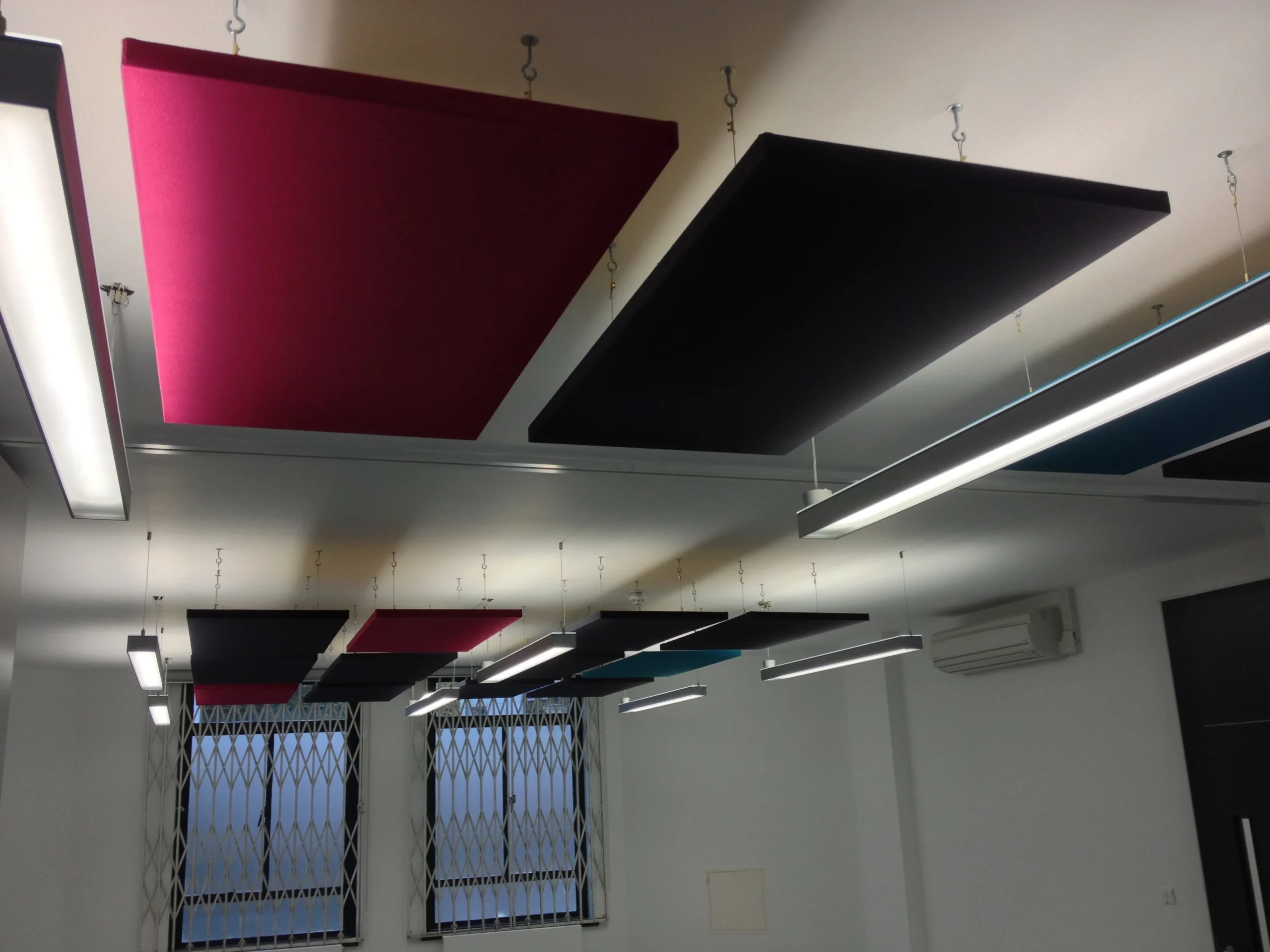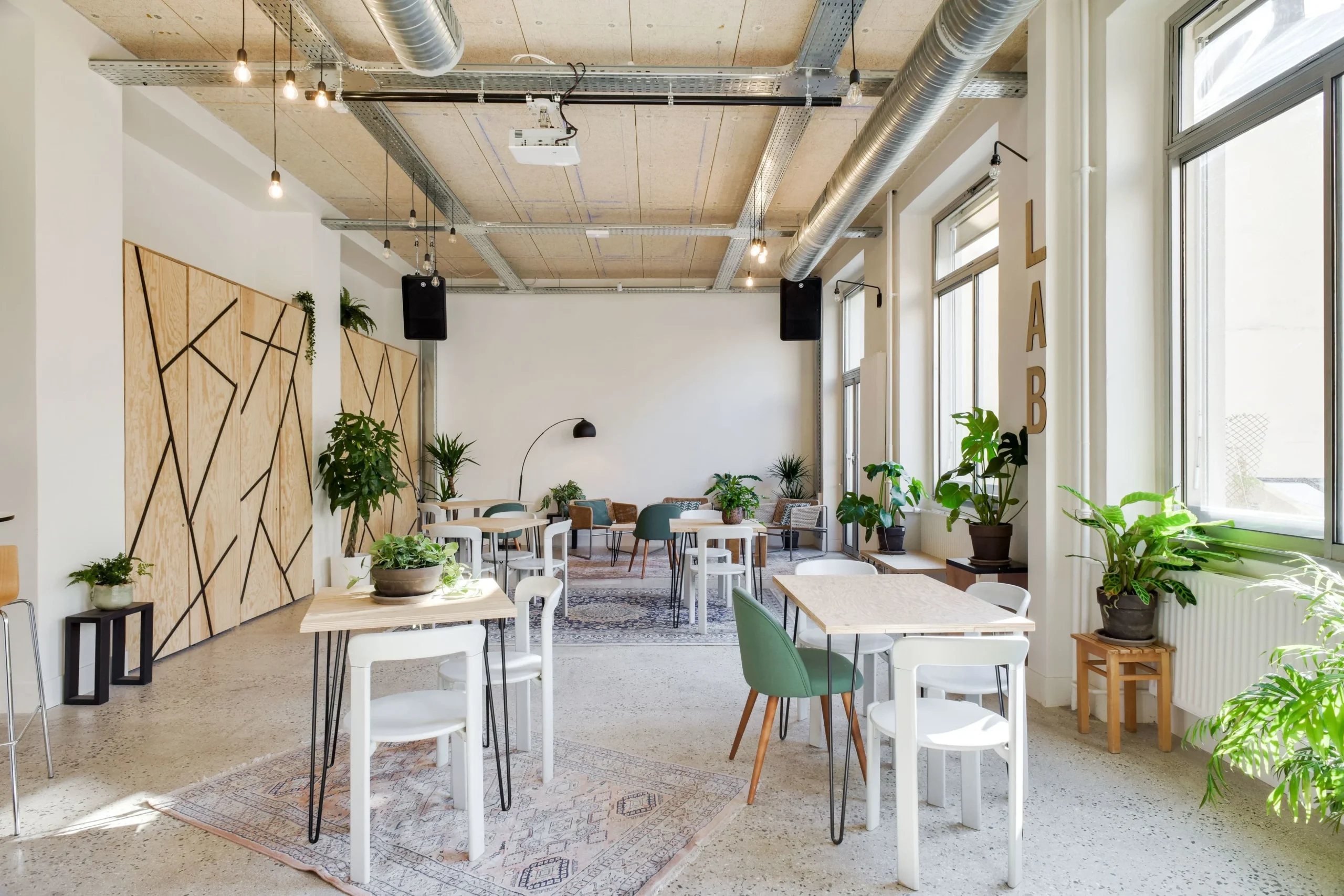Walk into any modern space in Singapore—from cosy cafés to sleek condos—and you’ll likely spot decorative wall panels. Whether they’re wood slats, soft fabric panels, or bold geometric patterns, they’ve become a go-to for adding a touch of flair to a space. But here’s the real question: Are wall panels just a trendy design fad, or are they a practical and lasting solution for modern living?
What’s the Appeal of Wall Panels?
The most obvious reason for a wall panel singapore growing popularity is its good look.
Wall panels can completely transform a room, adding depth, warmth, or texture in ways plain painted walls simply can’t. In homes, they’re often used to create accent walls in bedrooms, living rooms, or home offices. In commercial spaces like restaurants or retail shops, they add visual interest and elevate the ambience.
But there’s more to it than just good looks. Today’s wall panels are also designed with function in mind, especially in a densely built city like Singapore, where sound travels easily and space is often limited.
A Practical Solution for City Living
Urban living brings unique challenges—noise being one of the biggest. That’s where acoustic wall panels come into play.
Unlike decorative wallpaper or paint, some wall panels are made with sound-absorbing materials such as felt, foam, or fabric-wrapped PET. These help to dampen echo and reduce ambient noise—ideal for condos, HDB flats, or even café interiors where every clatter and conversation bounces around the space.
In other words, wall panels aren’t just for show. For many Singaporeans living in high-rise buildings close to roads or MRT lines, acoustic wall panels offer a real solution to everyday noise issues, without compromising on style.
Are They Just a Passing Trend?
We’ve seen our fair share of interior fads—remember textured ceilings, sponge-painted walls, or all-white everything?
But the difference with wall panels is this: they’ve evolved.
Today’s wall panels are more versatile than ever. You’re no longer limited to old-school wood or basic foam. Panels now come in a wide variety of materials, colours, and designs, from minimalist slats to bold, three-dimensional textures. This adaptability allows them to fit into many different interior styles—from Scandinavian simplicity to Japandi minimalism and modern industrial looks.
Even better, they don’t always require major renovation work. Some panels can be installed using simple adhesive strips or clips, making them renter-friendly too.
All of that suggests wall panels are not just a short-lived trend, but a design element that’s adapting to how we live and work today.
Where Are People Using Them in Singapore?
Here are a few common places where wall panels are becoming more than just a nice-to-have:
1. Home Offices
As hybrid and remote work become the norm, many Singaporeans have carved out small office spaces at home. Wall panels not only make the space look more polished but also help with sound clarity during video calls and online meetings.
2. Bedrooms
Installing wall panels behind the bed is a popular move—it creates a focal point and also adds a layer of sound-dampening. Great for light sleepers or those who share walls with noisy neighbours.
3. Living Rooms
Tired of echo when watching TV? Or looking to make your home feel cosier without bulky furniture? Wall panels are being used to soften the sound and add texture to otherwise plain living rooms.
4. Commercial Spaces
Retail shops, hair salons, cafés, and co-working spaces—many businesses in Singapore are using wall panels not just to make their interiors ‘Instagrammable’, but also to create a more pleasant environment for customers and staff alike.

Are They Expensive?
It depends.
Basic PVC or foam wall panels can be relatively affordable, especially if you’re DIY-ing a small area. But designer panels made from premium wood, felt, or custom-cut materials will naturally cost more. Installation costs also vary—some panels are peel-and-stick, while others require mounting with screws or adhesive.
As a rough guide:
- Budget options: from S$10–S$30 per panel
- Mid-range acoustic panels: S$50–S$150 per panel
- High-end wood or designer panels: upwards of S$200 per square metre
For a full wall makeover, costs can add up. But for many, the visual and acoustic improvements make it worth the spend, especially compared to the cost of full-scale renovations.
The Environmental Factor
One thing worth noting is that many newer panel brands are incorporating eco-friendly materials. Panels made from recycled PET, sustainably sourced wood, or low-VOC adhesives are becoming more accessible in the Singapore market. For eco-conscious homeowners or businesses looking to green their spaces, this is an appealing option.
So… Stylish Fix or Design Fad?
In truth, wall panels offer a bit of both style and substance.
They definitely follow a trend, especially with their rise in visibility on social media and design blogs. But unlike flash-in-the-pan fads, wall panels actually serve a functional purpose. They help with noise, hide uneven walls, and bring visual warmth to spaces that might otherwise feel sterile or cold.
The fact that they’re customisable, renter-friendly, and available in a wide range of budgets also suggests they’re more than just a passing phase. For a growing number of Singaporean homeowners and business owners, they’re becoming a staple of smart interior design.
Final Thoughts
If you’ve been eyeing a wall panel project and wondering whether it’s worth the hype, the answer is probably yes—if you choose the right panels for your space and needs.
Wall panels in Singapore are proving they’re more than just a design trend. They’re solving real challenges—like noise, poor acoustics, and bland interiors—while making homes and workspaces look more refined.
So the next time you walk into a beautifully styled space and admire the wall behind the couch or counter, ask yourself: Is it just for show, or is it doing more than you realise?











